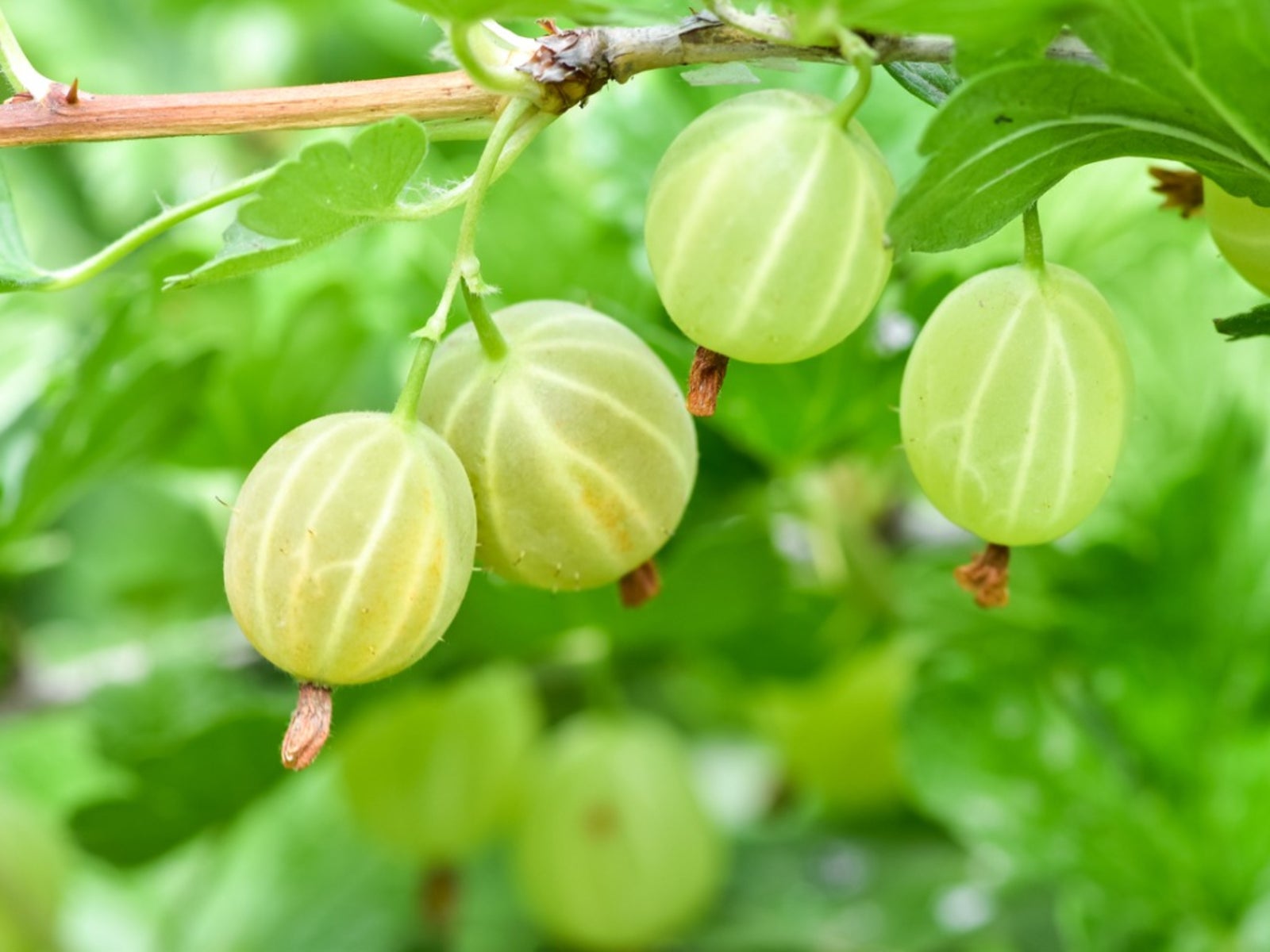Growing Gooseberries - Tips To Grow Gooseberry Bushes
Gooseberry bushes are really cold hardy. Anywhere you have fruit plants that won't grow because of low temperatures, you will probably have no trouble growing gooseberries.
Caroline Bloomfield

Cold-hardy Gooseberries
Gooseberry bushes are known to be cold hardy. In regions where fruit plants won't grow because of low temperatures, you will probably have no trouble growing gooseberries. Let's take a look at how to grow gooseberry plants.
Growing Gooseberry Plants
When you are considering planting gooseberry plants, you need to prepare the soil well before putting the plants in, making sure to remove any rocks and weeds.
Gooseberry plants require a soil with a pH of 6.2 to 6.5. Your soil should contain at least one percent of organic matter that runs 18 to 24 inches (46-61 cm.) deep into the area you are going to plant in.
You can use a fertilizer that contains chlorine. Muriate of Potash is a good choice. Apply the fertilizer at least one month before you plan on planting your gooseberry bushes.
When you are ready to put gooseberry bushes into the ground, dig a large hole that can accommodate the root ball on the bush. You will want to dig your hole slightly deeper than how deep the plants are planted in their containers. Prune away any dead roots that might be found before placing the gooseberry plants into the ground.
Make sure you place your growing gooseberries 3 to 4 feet (1 m) apart. The rows should be 8 or 9 feet (2 m) apart to allow enough room for the growing gooseberry plants to spread.
You can grow gooseberry plants as free standing bushes. Remember though, you can train gooseberry bushes to grow on a hedgerow or as shrubs that resemble trees.
Sign up for the Gardening Know How newsletter today and receive a free copy of our e-book "How to Grow Delicious Tomatoes".
Initially, you should prune your bushes back to simple canes with two to four buds on them. You can let four to five canes develop each year. What you want to end up with is 15 to 16 canes per gooseberry bush. Each bud will open to present about four flowers. They are self-pollinating and do not even require bees to pollinate. The wind can do the job on its own.
Harvesting Gooseberry Plants
Gooseberry bushes are one of the few berry bushes that are harvested just before peak ripeness. This is because at this point, where they are not quite ripe, they are somewhat sour and perfect for pies and tarts.
When you make pies and tarts, you add sugar to the fruit, and the under-ripened fruit is better for cooking. As soon as your gooseberry plants have berries that are just about ripe, pick away!
- Caroline BloomfieldManager of Marketing Communications